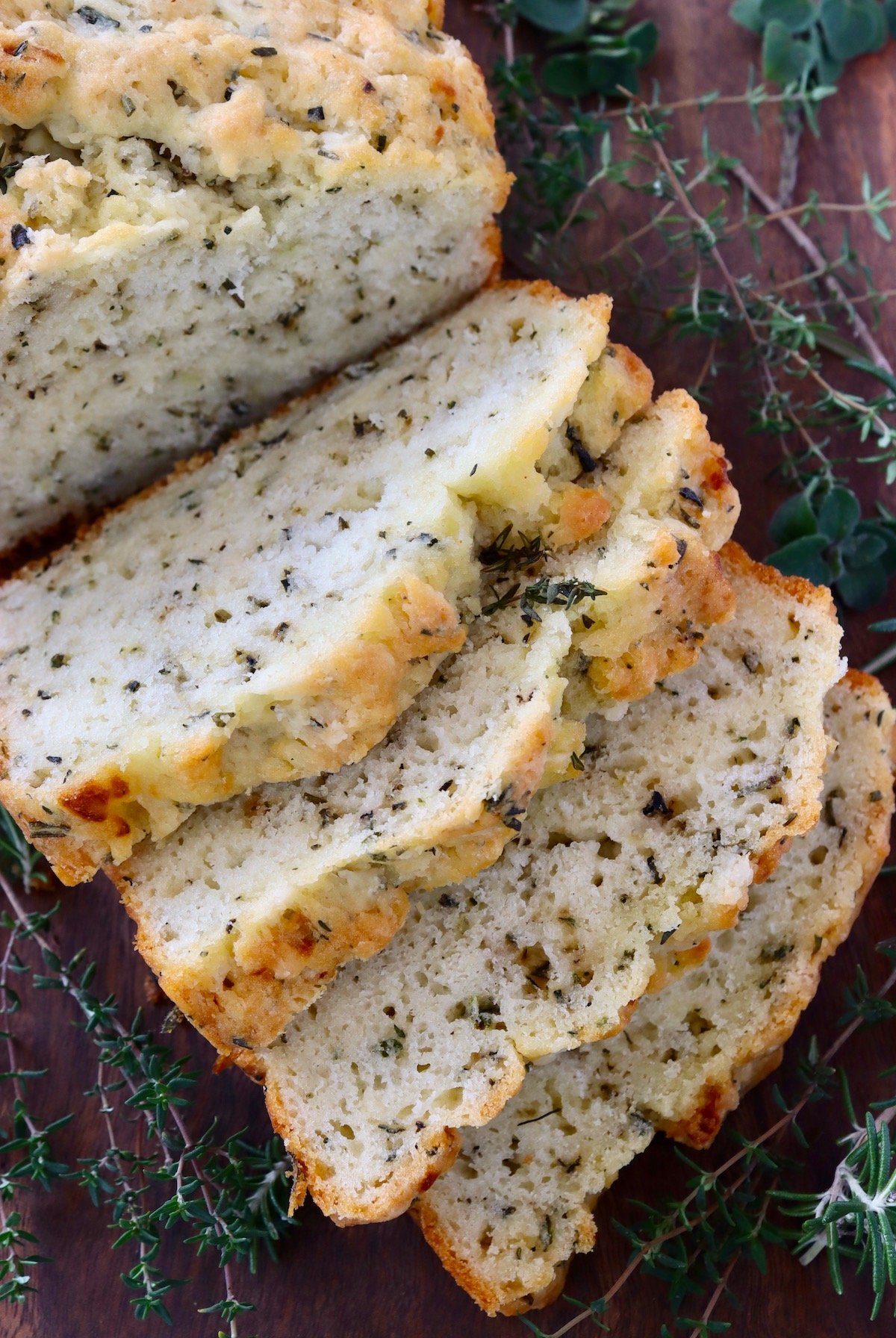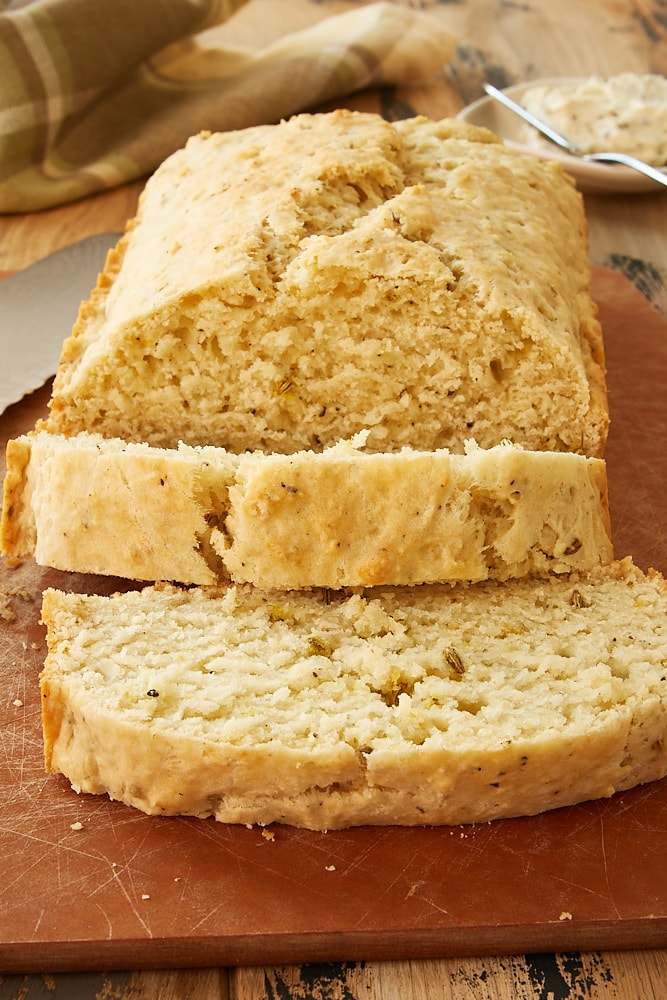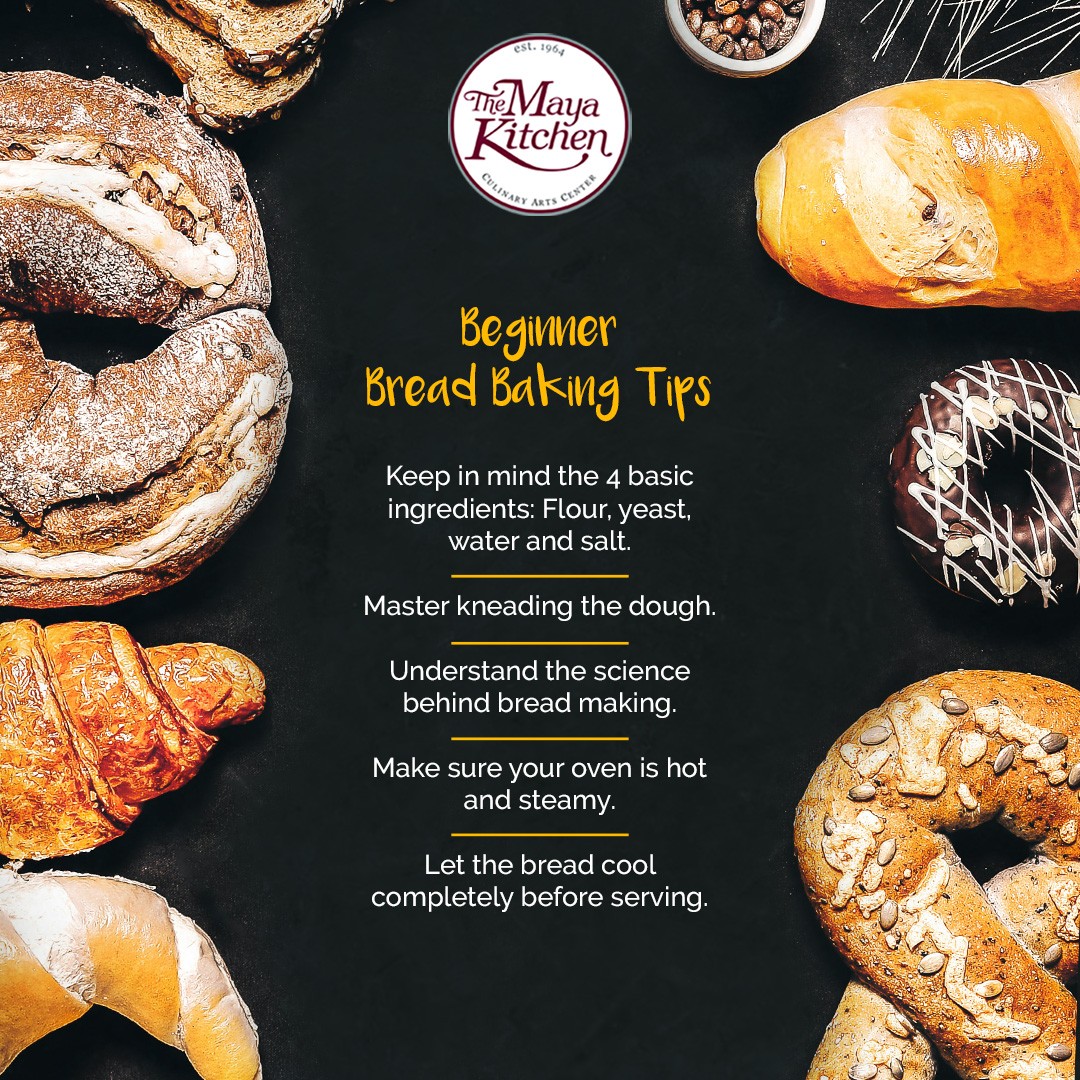Make Herbed Bread at Home | Easy Recipe

Have you ever walked into a bakery and been enveloped by the tantalizing aroma of freshly baked bread, infused with the earthy scent of herbs? Imagine recreating that experience in your own kitchen. Baking herbed bread at home is not only satisfying but also surprisingly simple. With this homemade bread recipe with herbs, you'll be filling your home with that irresistible scent in no time. Let's dive in!
Why Bake Herbed Bread at Home?
Baking bread at home is a rewarding experience that combines art and science. When you infuse your bread with herbs like rosemary and thyme, you're adding a layer of complexity that elevates your baking to new heights. Plus, there's nothing quite like the satisfaction of serving a warm, fragrant loaf that you've crafted with your own hands.
Herbed Bread Ingredients: What You'll Need
Before we start, let's gather our ingredients. For this homemade bread recipe, you'll need:
- 3 cups all-purpose flour
- 1 teaspoon salt
- 1 teaspoon instant yeast
- 1 1/2 cups warm water
- 2 tablespoons olive oil
- 1 tablespoon fresh rosemary, finely chopped
- 1 tablespoon fresh thyme, finely chopped
- 1 teaspoon sugar (optional, for a hint of sweetness)

Step-by-Step Guide to Making Herbed Bread
1. Prepare Your Ingredients
Start by measuring out all your ingredients. This step might seem trivial, but it's a crucial part of the process. Think of it like setting up your canvas before you start painting—it ensures everything is ready when you need it.
2. Mix the Dough
In a large bowl, combine the flour, salt, yeast, and sugar (if using). Add the warm water and olive oil, and mix until a shaggy dough forms. Don't worry if it looks a bit messy at this stage; that's normal.
3. Knead the Dough
Turn the dough out onto a lightly floured surface and knead for about 10 minutes. Kneading helps develop the gluten, which gives your bread its structure. You'll know the dough is ready when it becomes smooth and elastic.
4. Add the Herbs
Now comes the fun part—adding the herbs. Sprinkle the chopped rosemary and thyme over the dough and knead gently to incorporate them evenly. The aroma at this stage is heavenly, akin to walking through a fragrant herb garden.
5. Let the Dough Rise
Place the dough in a greased bowl, cover it with a clean kitchen towel, and let it rise in a warm, draft-free place for about an hour, or until it has doubled in size. This is where the magic happens—the yeast starts to work, creating those lovely air pockets that make bread so delightful.
6. Shape the Dough
Once the dough has risen, punch it down gently to release the air. Shape it into a loaf or divide it into smaller pieces for rolls. Place the shaped dough onto a baking sheet lined with parchment paper.
7. Second Rise
Cover the dough again and let it rise for another 30-45 minutes. This second rise helps ensure a light, fluffy texture.
8. Bake the Bread
Preheat your oven to 400°F (200°C). Just before baking, you can brush the top of the dough with a bit of olive oil and sprinkle some additional herbs for a beautiful finish. Bake for about 25-30 minutes, or until the bread is golden brown and sounds hollow when tapped.

Bread Baking Tips: Mastering the Art
- Use Fresh Herbs: While dried herbs can work, fresh herbs provide a more vibrant flavor.
- Check the Yeast: Make sure your yeast is active. If it doesn't foam when mixed with warm water and a bit of sugar, it's time to get a new packet.
- Knead with Patience: Kneading is key to developing the gluten, so don't rush this step.
- Create a Warm Environment: Yeast loves warmth. Place your dough near a radiator or in a slightly warmed oven (turned off) to help it rise.
Variations: Rosemary Bread and Thyme Bread
- Rosemary Bread: For a more pronounced rosemary flavor, increase the amount of rosemary to 2 tablespoons and reduce the thyme to 1 teaspoon.
- Thyme Bread: If you prefer thyme, reverse the quantities—use 2 tablespoons of thyme and 1 teaspoon of rosemary.
Conclusion: Embrace the Art of Baking
Baking herbed bread at home is not just about the end result; it's about the journey. The process of mixing, kneading, and watching your dough rise is therapeutic and rewarding. With this homemade bread recipe with herbs, you're not just making bread—you're creating an experience.
So, are you ready to fill your home with the irresistible aroma of freshly baked herbed bread? Give this recipe a try and let the magic of baking unfold in your kitchen. Happy baking!
FAQs
Can I use dried herbs instead of fresh ones? Yes, you can use dried herbs, but the flavor won't be as vibrant. Use about 1 teaspoon of dried herbs for every tablespoon of fresh herbs.
How do I know if my bread is done? Your bread is done when it's golden brown and sounds hollow when tapped on the bottom.
Can I freeze herbed bread? Absolutely! Herbed bread freezes well. Wrap it tightly in plastic wrap and then in foil before freezing.
What if my dough doesn't rise? If your dough doesn't rise, it could be due to inactive yeast or a cold environment. Make sure your yeast is fresh and provide a warm place for the dough to rise.
Can I make this recipe without a stand mixer? Yes, you can make this recipe by hand. Kneading by hand might take a bit longer, but it's just as effective.
0 Response to "Make Herbed Bread at Home | Easy Recipe"
Post a Comment